A musical instrument master is a person who possesses the ability or skill to make traditional musical instruments such as Gayageum, Geomungo, Janggu, Buk, Danso.
11-16-2018
Traditional Musical Instrument Masters' Knowledge and Technique
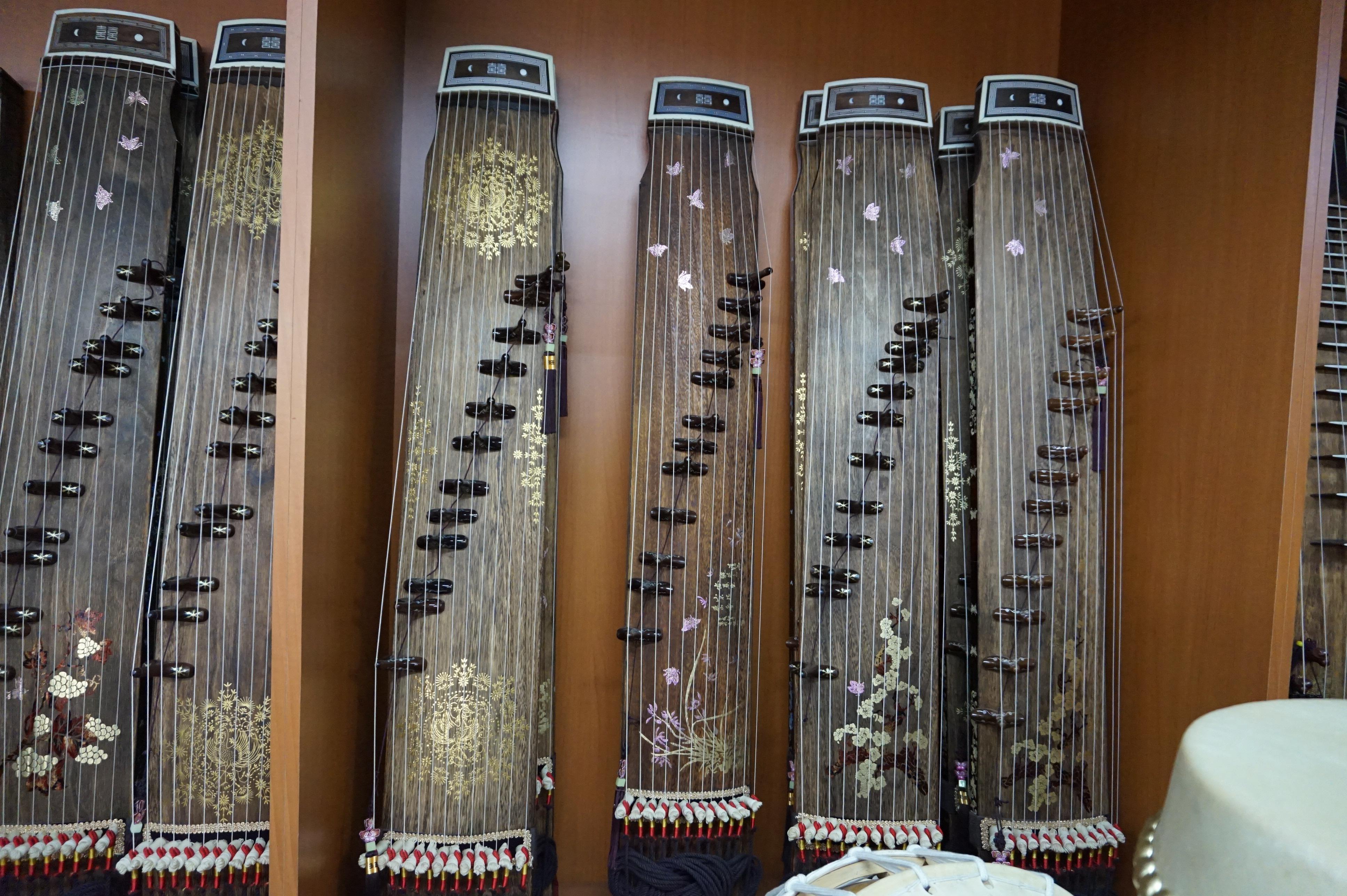
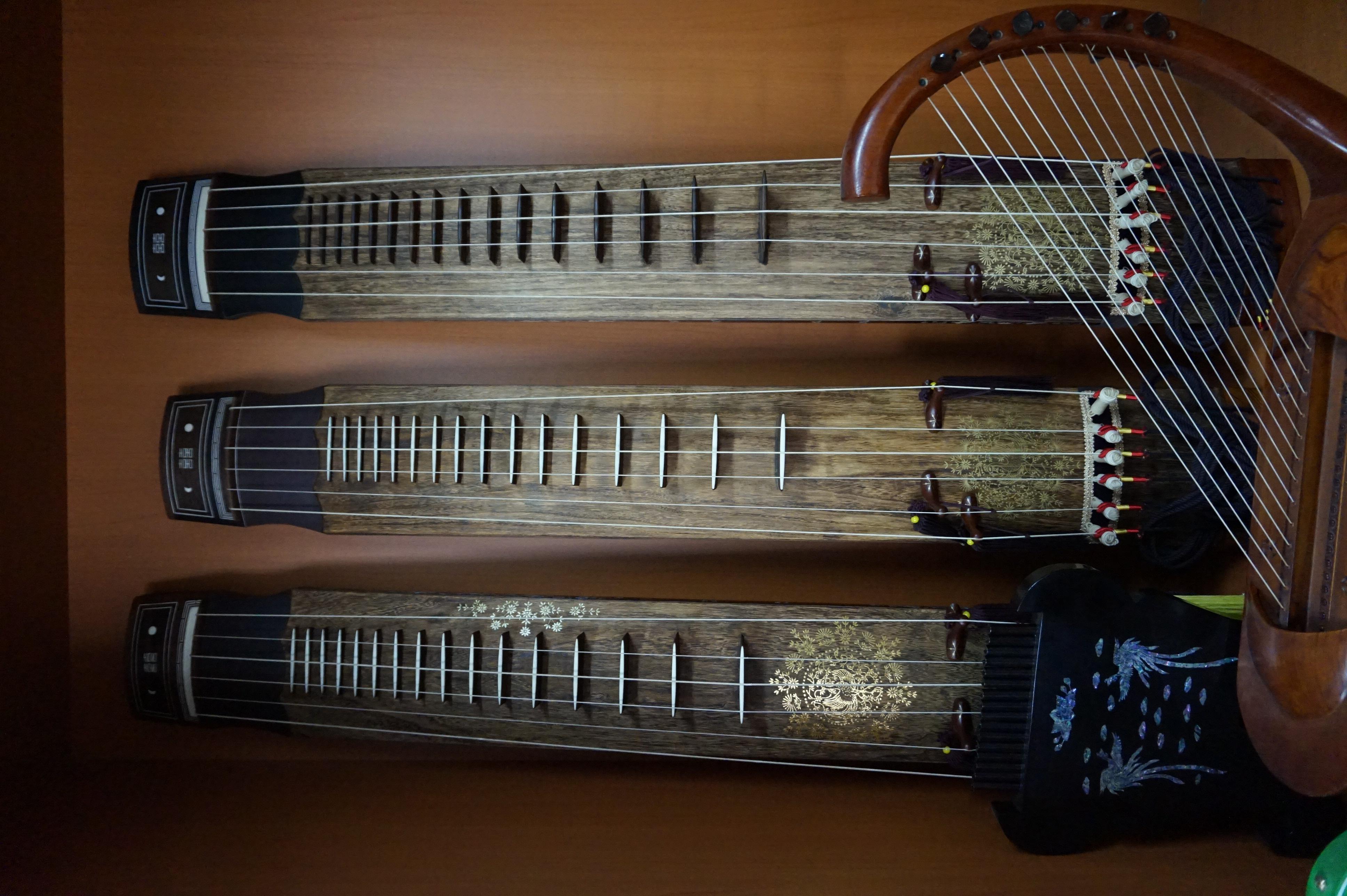
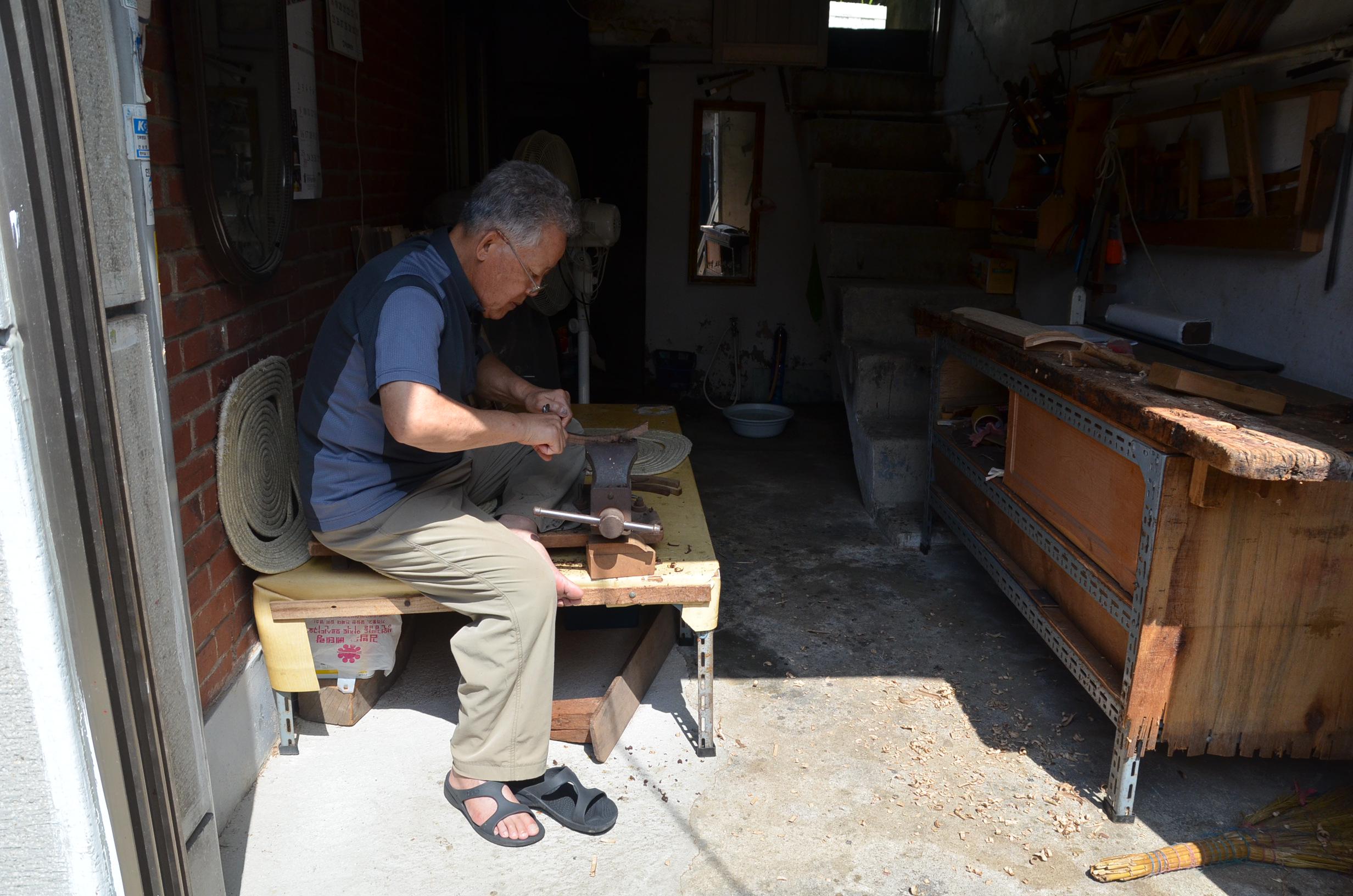
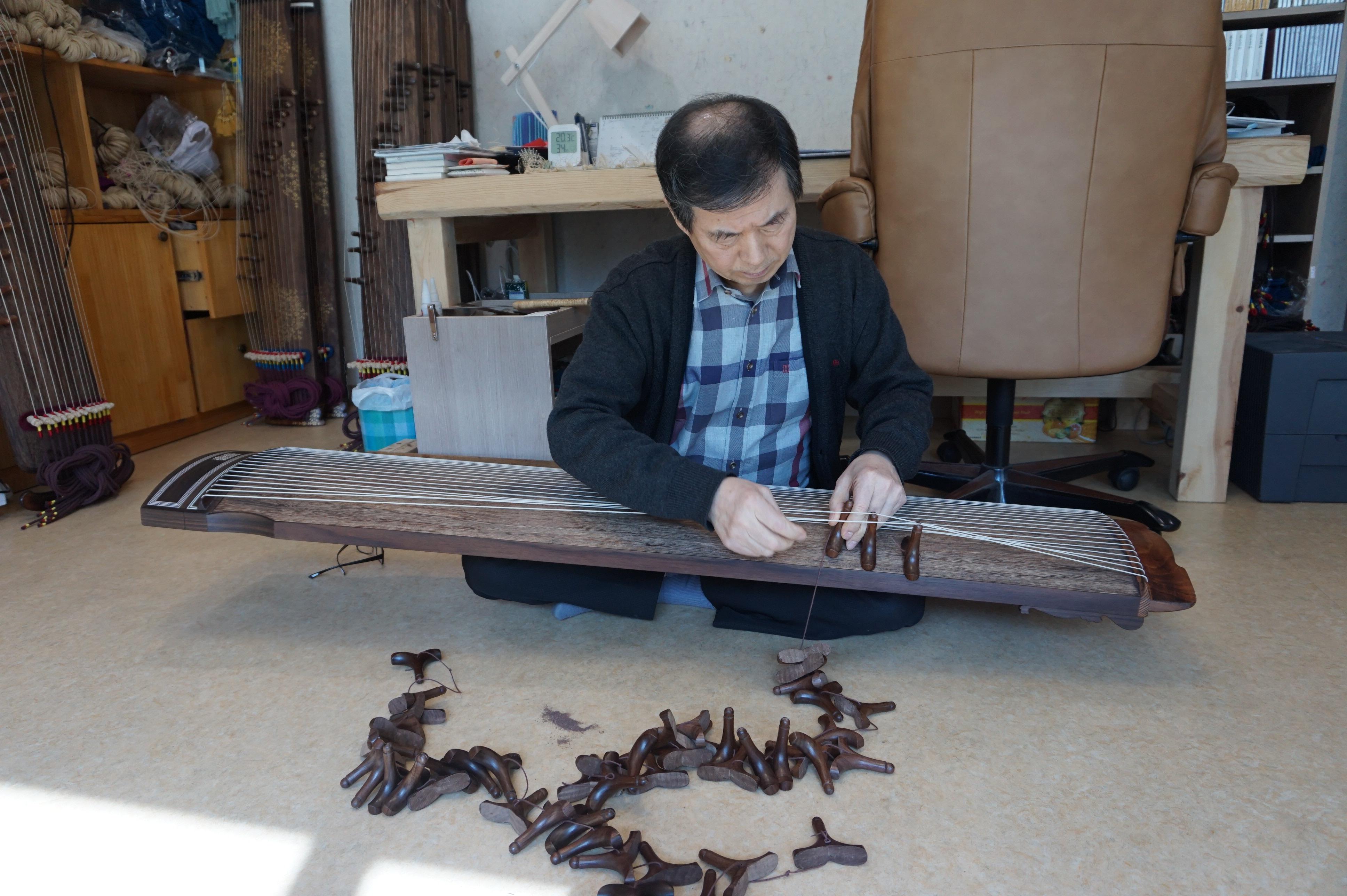
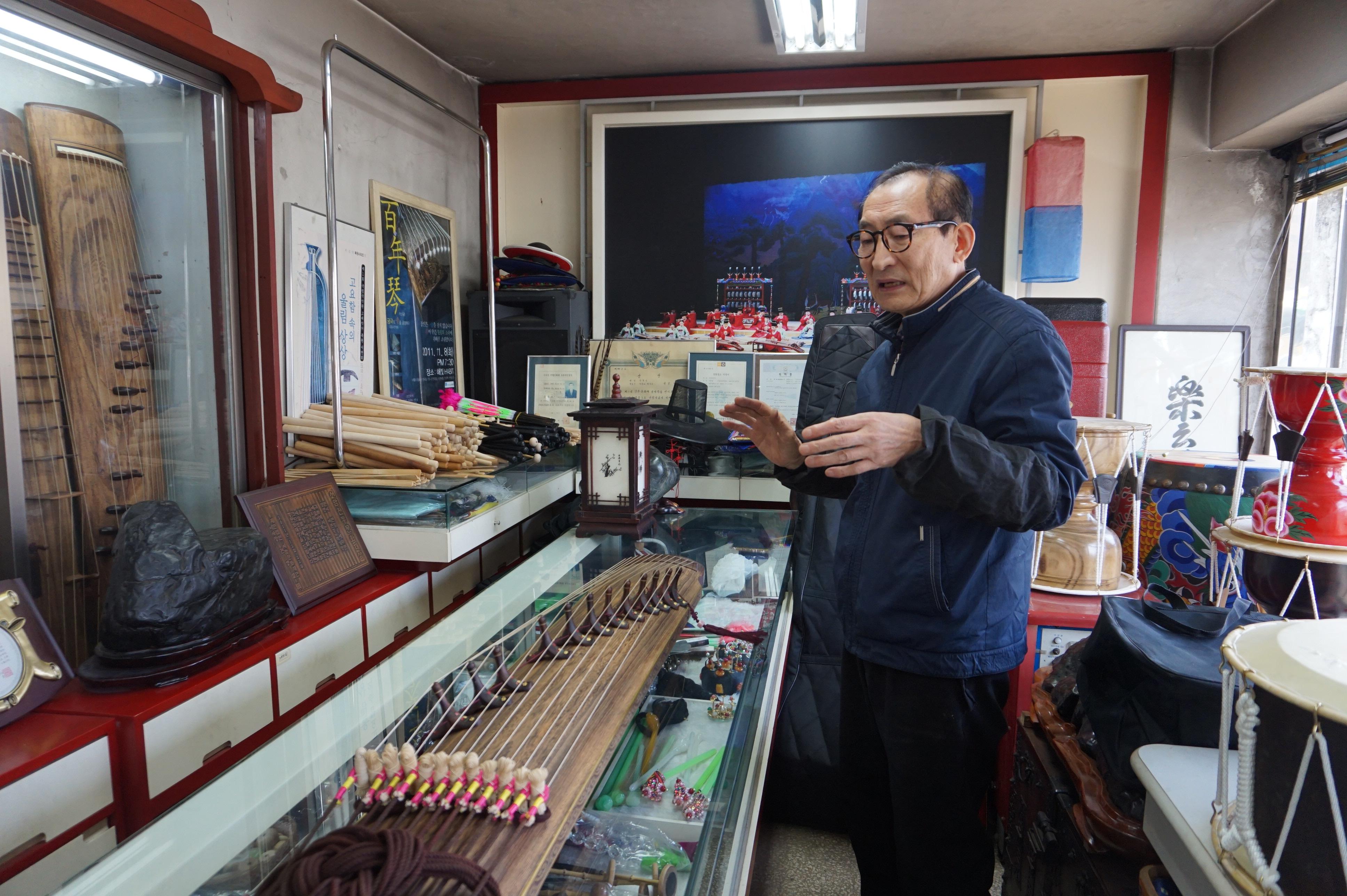





A musical instrument master is a person who possesses the ability or skill to make traditional musical instruments such as Gayageum, Geomungo, Janggu, Buk, Danso.
11-16-2018
Reply